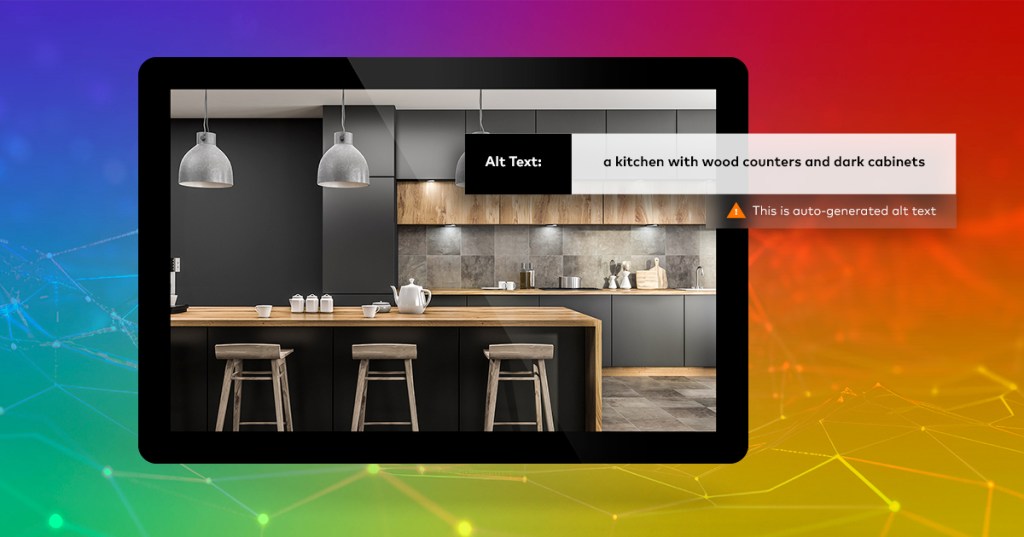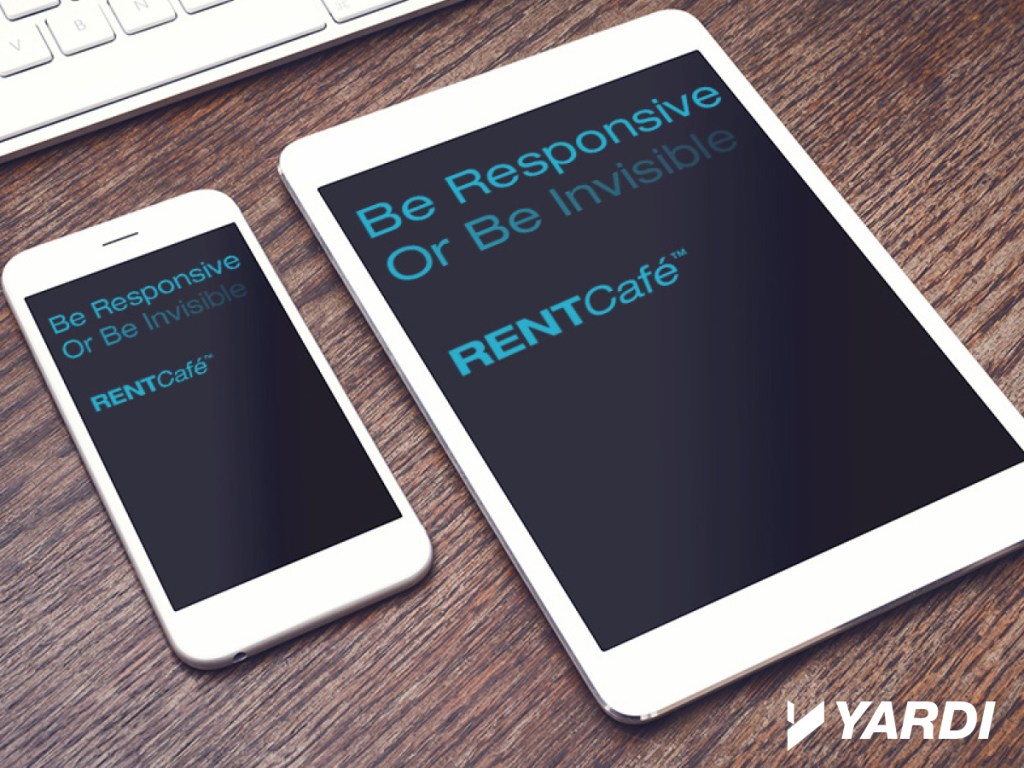AI Alt Text Generator
For RentCafe websites
Great news for RentCafe websites on the RentCaffeine platform! We’ve added an AI alt text generator that makes uploading new photos faster and easier. This tool creates alternative text — more commonly known as alt text — automatically for you. Alt text is copy that describes images using words, making your website more accessible to people […]








